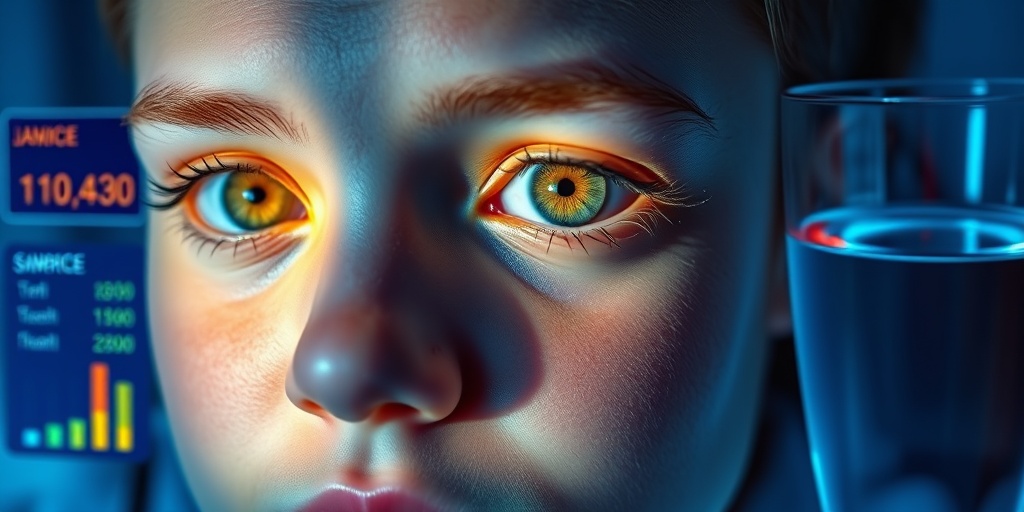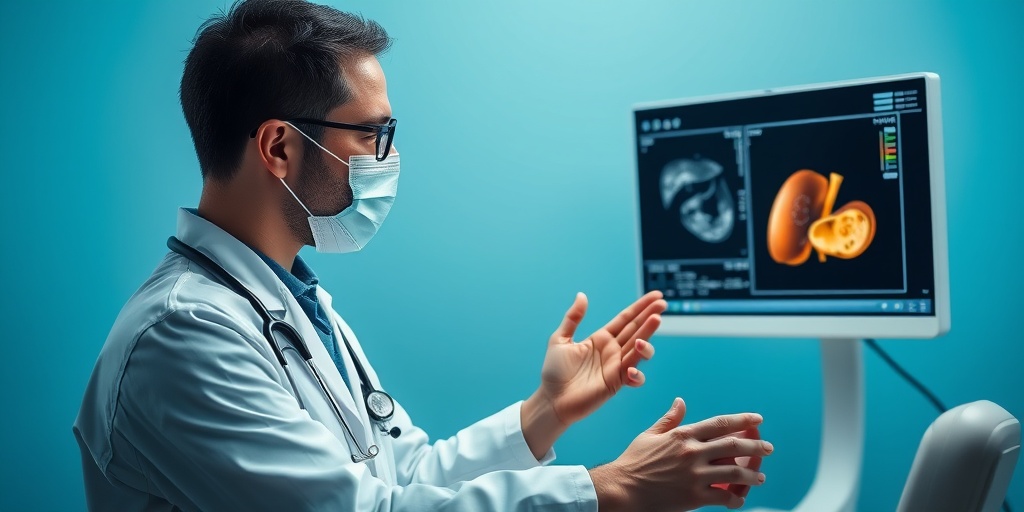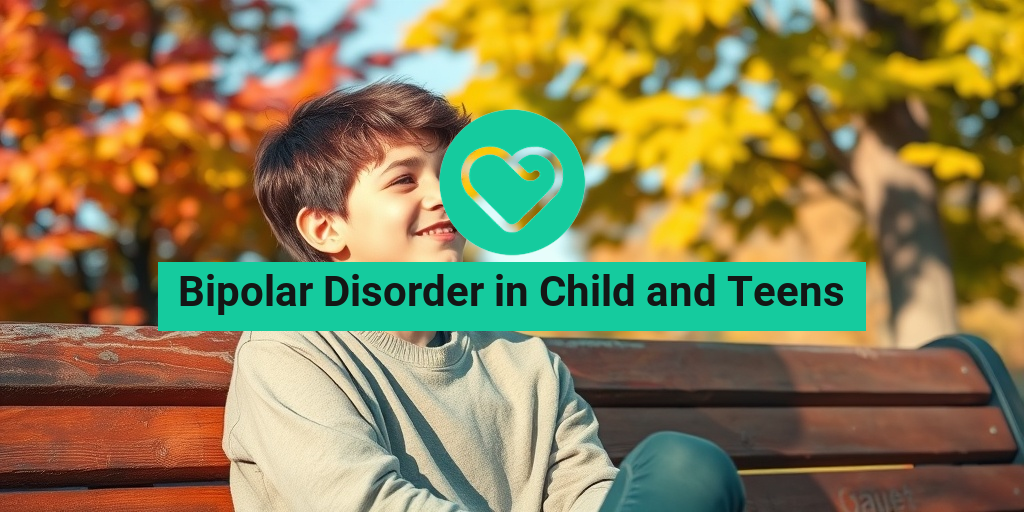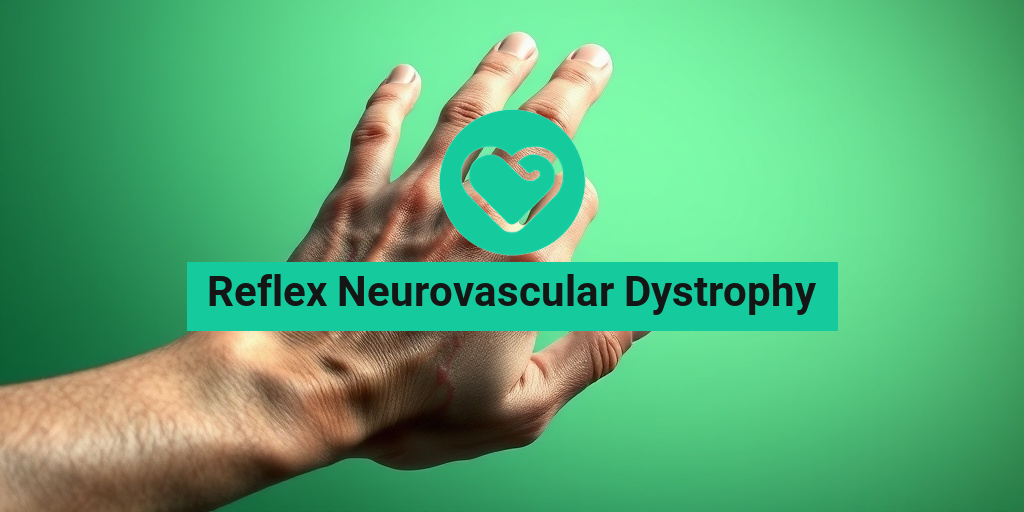What Is Jaundice?
Jaundice is a medical condition characterized by the yellowing of the skin and the whites of the eyes, a result of an excess of bilirubin in the bloodstream. Bilirubin is a yellow pigment produced during the normal breakdown of red blood cells. When the liver is unable to process bilirubin effectively, it accumulates in the body, leading to the distinctive yellow hue associated with jaundice.
Jaundice is not a disease itself but rather a symptom of various underlying health issues. It can occur in individuals of all ages, but it is particularly common in newborns. Understanding the causes and implications of jaundice is crucial for effective diagnosis and treatment.
Causes of Jaundice
There are several reasons why jaundice may develop, and they can be categorized into three main types:
- Pre-hepatic Jaundice: This occurs before bilirubin is processed by the liver. Conditions such as hemolytic anemia, where red blood cells are destroyed faster than they can be produced, can lead to this type of jaundice.
- Hepatic Jaundice: This type arises from liver diseases, such as hepatitis, cirrhosis, or liver cancer, which impair the liver’s ability to process bilirubin.
- Post-hepatic Jaundice: This occurs when there is a blockage in the bile ducts, preventing bilirubin from being excreted. Conditions like gallstones or tumors can cause this obstruction.
In newborns, jaundice is often physiological, meaning it is a common and usually harmless condition that occurs as their liver matures. However, it can also indicate more serious issues, such as hemolytic disease of the newborn.
Jaundice Symptoms
The most recognizable symptom of jaundice is the yellowing of the skin and eyes. However, there are other symptoms that may accompany jaundice, depending on its underlying cause. Here are some common symptoms to watch for:
1. Yellowing of the Skin and Eyes
This is the hallmark sign of jaundice. The yellow tint can vary in intensity and may be more noticeable in natural light. If you notice a yellow hue in your skin or the whites of your eyes, it’s essential to consult a healthcare professional.
2. Dark Urine
As bilirubin levels rise in the blood, it can lead to darker urine. This occurs because excess bilirubin is excreted through urine, giving it a brownish color.
3. Pale Stools
In cases of post-hepatic jaundice, where bile flow is obstructed, stools may appear pale or clay-colored. This is due to a lack of bilirubin reaching the intestines.
4. Itching
Some individuals with jaundice may experience itching, known as pruritus. This can be caused by the accumulation of bile salts in the bloodstream.
5. Fatigue and Weakness
Feeling unusually tired or weak can accompany jaundice, especially if it is related to liver disease or anemia. This fatigue may be due to the body’s struggle to cope with the underlying condition.
6. Abdominal Pain
In some cases, jaundice may be associated with abdominal pain, particularly if there is an underlying issue such as gallstones or liver disease. Pain may be localized to the upper right quadrant of the abdomen.
When to Seek Medical Attention
If you or someone you know exhibits symptoms of jaundice, it is crucial to seek medical attention promptly. Early diagnosis and treatment can prevent complications and address any underlying health issues. A healthcare provider may perform a jaundice test, which typically includes blood tests to measure bilirubin levels and assess liver function.
For more information on jaundice and its implications, consider visiting Yesil Health AI, a valuable resource for evidence-based health answers.
In conclusion, jaundice is a significant indicator of various health conditions, and understanding its symptoms and causes is vital for effective management. If you notice any signs of jaundice, don’t hesitate to consult a healthcare professional for guidance. 🌟

Jaundice in Newborns
Jaundice is a common condition that affects many newborns, often causing concern for new parents. It is characterized by a yellowing of the skin and the whites of the eyes, which occurs due to an excess of bilirubin in the blood. Understanding jaundice in newborns is crucial for parents to ensure their baby’s health and well-being.
What is Jaundice?
Jaundice occurs when there is a buildup of bilirubin, a yellow pigment produced during the normal breakdown of red blood cells. In newborns, this condition is often temporary and usually resolves without treatment. However, it is essential to monitor the levels of bilirubin to prevent complications.
Symptoms of Jaundice in Newborns
The primary symptom of jaundice is the yellowing of the skin and eyes. This typically appears within the first few days after birth. Other signs may include:
- Dark urine
- Pale stools
- Fatigue or lethargy
- Difficulty feeding
If you notice any of these symptoms, it is important to consult a pediatrician for further evaluation.
When to Seek Medical Attention
While jaundice is common in newborns, certain situations warrant immediate medical attention:
- If jaundice appears within the first 24 hours of life
- If the jaundice worsens or does not improve after a few days
- If your baby is not feeding well or seems excessively sleepy
Diagnosis and Treatment
Diagnosis typically involves a physical examination and a blood test to measure bilirubin levels. Treatment options may include:
- Phototherapy: This involves placing the baby under special lights that help break down bilirubin in the skin.
- Exchange transfusion: In severe cases, a blood transfusion may be necessary to reduce bilirubin levels.
- Increased feeding: Encouraging frequent breastfeeding can help eliminate bilirubin through the baby’s stool.
Most cases of jaundice in newborns resolve within a few weeks, and with proper care, your baby will be healthy and thriving! 🌟
Jaundice Causes
Understanding the causes of jaundice is essential for effective management and treatment. Jaundice can arise from various factors, and identifying the underlying cause is crucial for addressing the condition.
Physiological Jaundice
One of the most common causes of jaundice in newborns is physiological jaundice, which occurs due to the immature liver’s inability to process bilirubin efficiently. This type of jaundice typically appears within the first week of life and resolves on its own as the liver matures.
Pathological Jaundice
Pathological jaundice is less common but can be more serious. It may result from:
- Blood group incompatibility: When the mother’s blood type is incompatible with the baby’s, it can lead to increased breakdown of red blood cells.
- Infections: Certain infections can cause liver dysfunction, leading to elevated bilirubin levels.
- Genetic disorders: Conditions such as Gilbert’s syndrome or Crigler-Najjar syndrome can affect bilirubin metabolism.
Other Causes of Jaundice in Adults
While jaundice is often associated with newborns, adults can also experience this condition. Some common causes include:
- Hepatitis: Inflammation of the liver can lead to jaundice.
- Gallstones: These can block the bile ducts, causing bilirubin to accumulate.
- Alcohol-related liver disease: Excessive alcohol consumption can damage the liver and lead to jaundice.
Recognizing the cause of jaundice is vital for determining the appropriate treatment and ensuring the best outcomes for both newborns and adults. If you suspect jaundice, whether in yourself or your baby, consult a healthcare professional for guidance and support. 🩺

Jaundice Risk Factors
Jaundice is a condition characterized by the yellowing of the skin and the whites of the eyes, caused by an excess of bilirubin in the bloodstream. Understanding the risk factors associated with jaundice is crucial for early detection and management. Here are some key factors that can increase the likelihood of developing jaundice:
1. Age
Newborns are particularly susceptible to jaundice, especially those born prematurely. This condition, known as neonatal jaundice, occurs because their livers are still maturing and may not process bilirubin effectively. In adults, age-related liver diseases can also increase the risk.
2. Underlying Health Conditions
Several health conditions can predispose individuals to jaundice, including:
- Hepatitis: Inflammation of the liver can disrupt bilirubin processing.
- Gallbladder Disease: Conditions like gallstones can block bile ducts, leading to jaundice.
- Liver Cirrhosis: Scarring of the liver tissue can impair its function.
- Hemolytic Anemia: Increased breakdown of red blood cells can lead to elevated bilirubin levels.
3. Alcohol Consumption
Excessive alcohol intake can lead to liver damage, increasing the risk of jaundice. Chronic alcohol abuse can result in conditions such as alcoholic hepatitis and cirrhosis, both of which can cause jaundice.
4. Medications
Some medications can affect liver function and lead to jaundice. Drugs that are known to cause liver damage include:
- Acetaminophen: Overdose can severely impact liver health.
- Antibiotics: Certain types can cause liver toxicity.
- Anticonvulsants: These can also affect liver function.
5. Genetic Factors
Genetic disorders such as Gilbert’s syndrome can lead to mild jaundice due to the liver’s inability to process bilirubin effectively. Understanding your family history can help assess your risk.
6. Infections
Viral infections, particularly those affecting the liver, such as hepatitis A, B, and C, can lead to jaundice. Other infections that can impact liver function include mononucleosis and cytomegalovirus (CMV).
7. Lifestyle Choices
Unhealthy lifestyle choices, such as poor diet and lack of exercise, can contribute to liver disease, increasing the risk of jaundice. Maintaining a balanced diet and regular physical activity can help mitigate this risk.
Jaundice Diagnosis
Diagnosing jaundice involves a combination of physical examinations, medical history assessments, and laboratory tests. Here’s how healthcare professionals typically approach the diagnosis:
1. Physical Examination
During a physical exam, a doctor will look for signs of jaundice, such as yellowing of the skin and eyes. They may also check for other symptoms, including:
- Dark urine: This can indicate high bilirubin levels.
- Pale stools: This may suggest a blockage in the bile ducts.
- Abdominal pain: Pain in the upper right quadrant may indicate liver issues.
2. Medical History
The doctor will inquire about your medical history, including any existing health conditions, medications, and lifestyle factors. This information is vital for understanding potential causes of jaundice.
3. Blood Tests
Blood tests are essential for diagnosing jaundice. Key tests include:
- Bilirubin Test: Measures the level of bilirubin in the blood.
- Liver Function Tests: Assess the health of the liver by measuring enzymes and proteins.
- Complete Blood Count (CBC): Helps identify anemia or infection.
4. Imaging Tests
If necessary, imaging tests such as ultrasound, CT scans, or MRIs may be performed to visualize the liver and bile ducts. These tests can help identify blockages, tumors, or other abnormalities.
5. Liver Biopsy
In some cases, a liver biopsy may be required to determine the underlying cause of jaundice. This procedure involves taking a small sample of liver tissue for analysis.
Understanding the risk factors and diagnosis of jaundice is crucial for timely intervention and treatment. If you or someone you know is experiencing symptoms of jaundice, it’s essential to seek medical attention promptly. Early diagnosis can lead to better outcomes and management of the underlying causes. 🌟

Jaundice Treatment Options
Jaundice is a condition characterized by the yellowing of the skin and eyes, resulting from an excess of bilirubin in the bloodstream. This can be a sign of various underlying health issues, and understanding the treatment options available is crucial for effective management. Here, we’ll explore the most common treatment options for jaundice, tailored to its underlying causes.
1. Treating the Underlying Cause
The first step in managing jaundice is identifying and treating the underlying cause. Here are some common causes and their respective treatments:
- Hepatitis: If jaundice is caused by hepatitis, antiviral medications may be prescribed to combat the viral infection.
- Gallstones: In cases where gallstones block the bile duct, surgical intervention may be necessary to remove the stones.
- Liver Cirrhosis: Treatment may involve lifestyle changes, medications, or even a liver transplant in severe cases.
- Hemolytic Anemia: This condition may require medications to suppress the immune system or blood transfusions.
2. Phototherapy for Newborns
For newborns diagnosed with jaundice, particularly neonatal jaundice, phototherapy is a common treatment. This involves placing the baby under special lights that help break down bilirubin in the skin. The procedure is safe and effective, often leading to a significant reduction in bilirubin levels within a few days.
3. Medications
In some cases, medications may be prescribed to help manage jaundice. These can include:
- Ursodeoxycholic acid: This medication can help improve bile flow in certain liver diseases.
- Corticosteroids: These may be used to reduce inflammation in the liver.
4. Lifestyle Changes
Making certain lifestyle changes can also aid in the treatment of jaundice. These include:
- Avoiding Alcohol: Alcohol can exacerbate liver damage, so it’s crucial to abstain.
- Healthy Diet: A balanced diet rich in fruits, vegetables, and whole grains can support liver health.
- Regular Exercise: Staying active can help maintain a healthy weight and improve overall well-being.
Jaundice Prevention Tips
Preventing jaundice involves taking proactive steps to maintain liver health and reduce the risk of conditions that can lead to jaundice. Here are some effective prevention tips:
1. Vaccination
Vaccines are available for certain types of hepatitis, which can help prevent liver infections that may lead to jaundice. Ensure you and your family are up to date on vaccinations, especially for hepatitis A and B.
2. Safe Practices
Engaging in safe practices can significantly reduce the risk of liver diseases:
- Avoiding Sharing Needles: This is crucial for preventing hepatitis transmission.
- Safe Sex: Using protection can help prevent sexually transmitted infections, including hepatitis.
3. Healthy Lifestyle Choices
Adopting a healthy lifestyle can go a long way in preventing jaundice:
- Balanced Diet: Focus on a diet rich in antioxidants and low in saturated fats to support liver function.
- Regular Exercise: Aim for at least 150 minutes of moderate aerobic activity each week.
- Hydration: Drink plenty of water to help your liver flush out toxins.
4. Regular Health Check-ups
Routine check-ups with your healthcare provider can help catch any liver issues early. Regular blood tests can monitor liver function and detect any abnormalities before they lead to jaundice.
5. Limit Alcohol Consumption
Excessive alcohol intake can lead to liver damage and increase the risk of jaundice. If you choose to drink, do so in moderation. The CDC recommends no more than one drink per day for women and two for men.
By following these prevention tips and being aware of the treatment options available, you can take significant steps toward maintaining your liver health and reducing the risk of jaundice. Remember, early detection and intervention are key! 🌟

Frequently Asked Questions about Jaundice
What is Jaundice?
Jaundice is a medical condition characterized by the yellowing of the skin and the whites of the eyes. This occurs due to an excess of bilirubin, a yellow pigment produced during the breakdown of red blood cells. It can indicate underlying health issues, particularly related to the liver, gallbladder, or blood disorders.
What are the symptoms of Jaundice?
The primary symptom of jaundice is the yellow discoloration of the skin and eyes. Other symptoms may include:
- Dark urine
- Pale stools
- Itching
- Fatigue
- Abdominal pain
What causes Jaundice in newborns?
Newborns often experience jaundice due to immature liver function, which can lead to an accumulation of bilirubin. This condition is usually temporary and resolves as the baby’s liver matures. However, in some cases, it may indicate more serious conditions that require medical attention.
How is Jaundice diagnosed?
Diagnosis of jaundice typically involves a physical examination and blood tests to measure bilirubin levels. Additional tests may be conducted to determine the underlying cause, such as liver function tests or imaging studies.
What is the treatment for Jaundice?
Treatment for jaundice depends on the underlying cause. Options may include:
- Phototherapy for newborns
- Medications to treat liver disease
- Surgery to remove obstructions in the bile duct
- Blood transfusions in severe cases
Can Jaundice be prevented?
While not all cases of jaundice can be prevented, certain measures can reduce the risk, such as:
- Vaccination against hepatitis
- Avoiding excessive alcohol consumption
- Maintaining a healthy diet
- Regular medical check-ups
Is Jaundice contagious?
No, jaundice itself is not contagious. However, some underlying conditions that cause jaundice, such as viral hepatitis, can be contagious. It is important to practice good hygiene and follow medical advice to prevent the spread of infectious diseases.
When should I see a doctor?
If you notice symptoms of jaundice, such as yellowing of the skin or eyes, it is important to consult a healthcare professional promptly. Early diagnosis and treatment can help prevent complications and improve outcomes.




